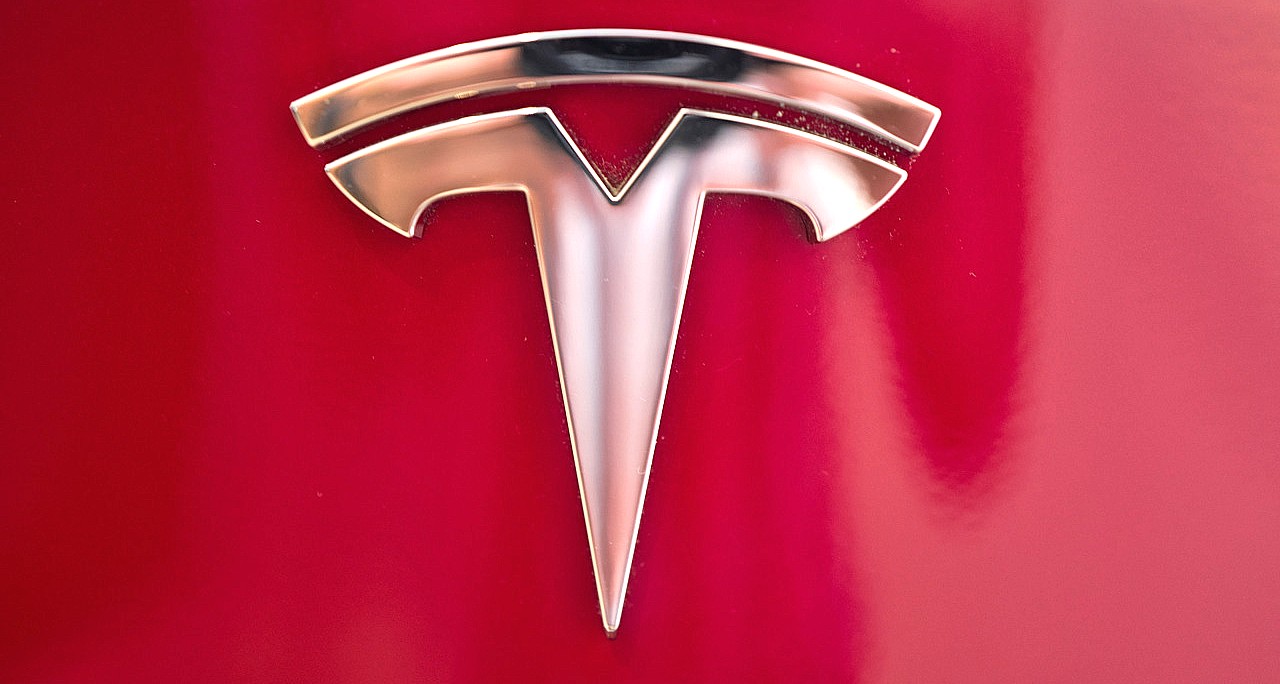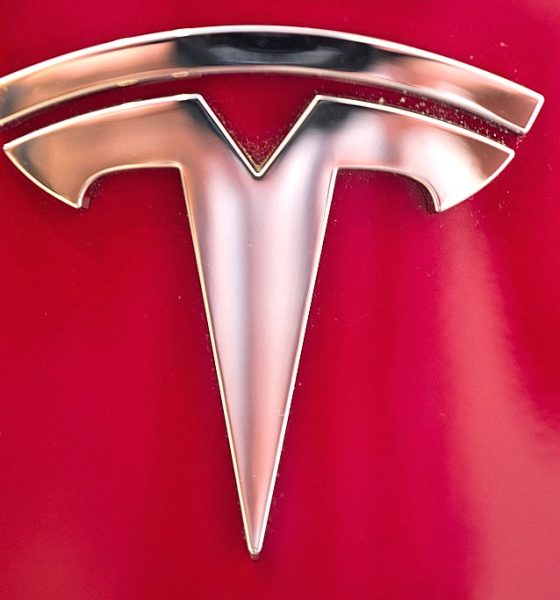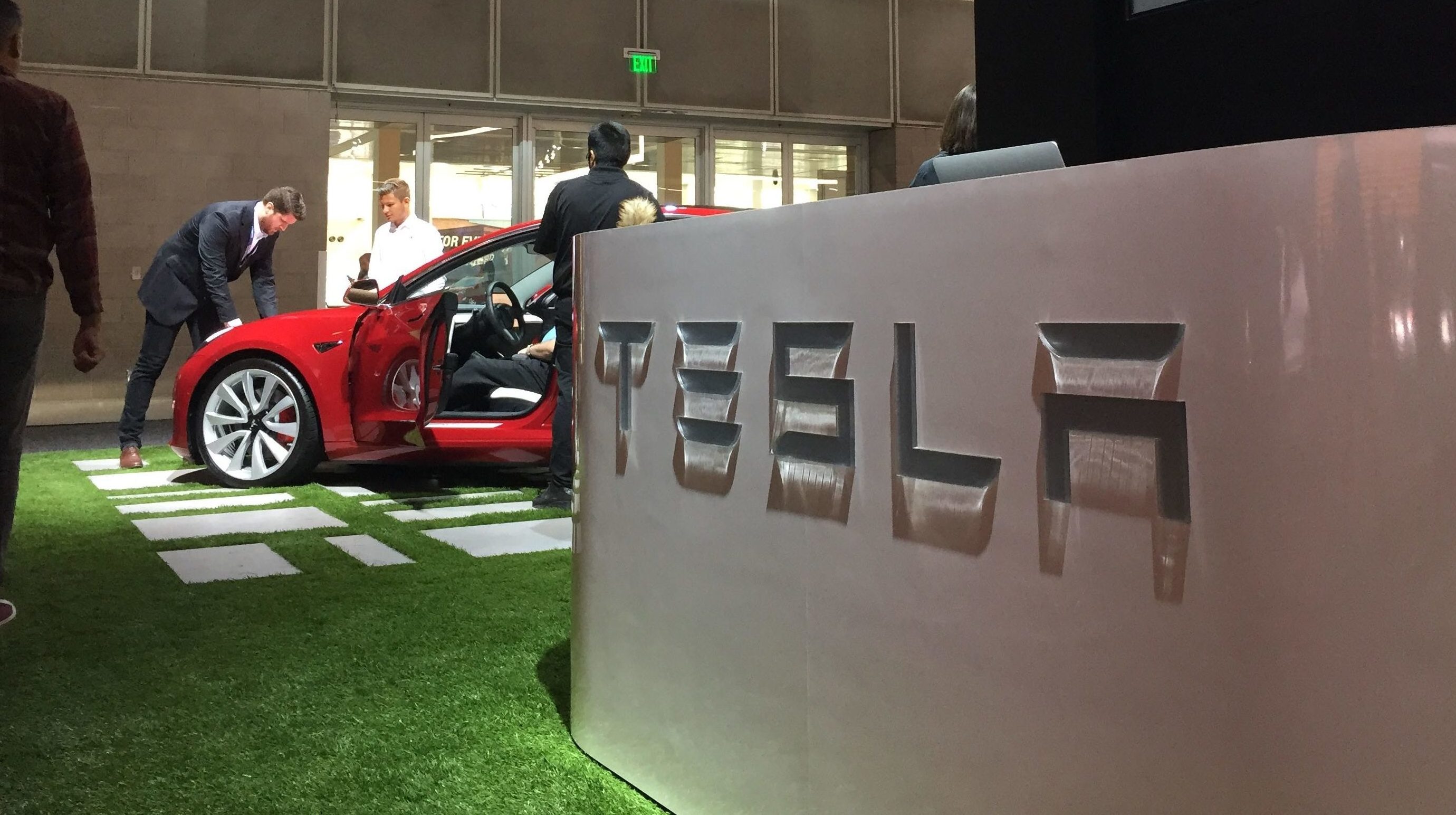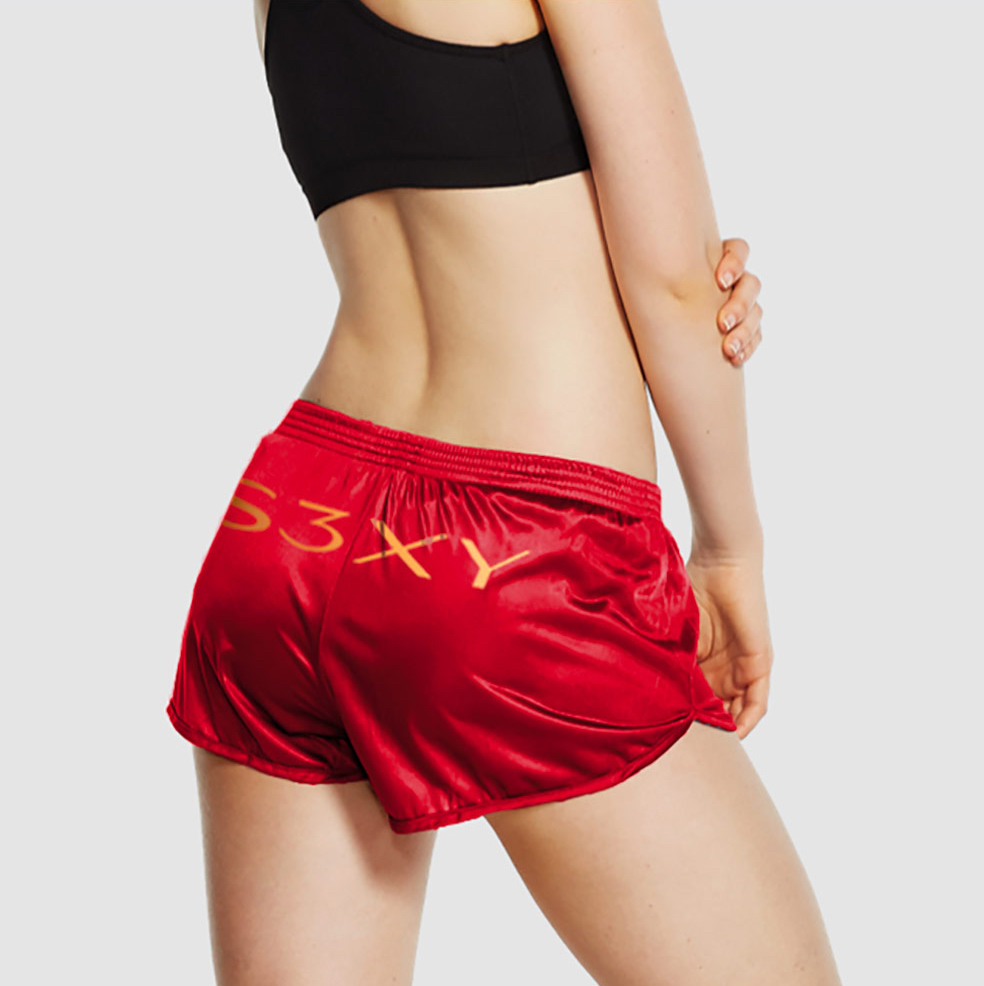

News
Tesla, Elon Musk seek dismissal in lawsuit alleging fraud and defamation
Tesla and Elon Musk, jointly named as Defendants with Omar Qazi of the former @tesla_truth Twitter account, have filed a Motion to Dismiss an ongoing lawsuit brought by Plainsite.com owner Aaron Greenspan.
Greenspan, a Tesla short seller often associated with the online “$TSLAQ” community, is seeking an injunction and damages from alleged libelous activity by both Qazi and Musk. He also claims fraudulent communications by Musk and Tesla executives have lead to inflated company stock prices, thereby injuring his financial portfolio via stock purchases made and sold based on those communications. Tesla’s and Musk’s motion for dismissal was made as a separate action from the allegations against Qazi.
The Complaint, initially filed May 20, 2020, and later amended on July 2, 2020, is being litigated in the US Northern District of California, San Francisco Division under docket number 3:20-cv-03426-JD. The Motion to Dismiss was filed on July 31, 2020.

“Plaintiff’s allegations against the Tesla Defendants are not new. Plaintiff has been making the
same unsubstantiated and incendiary accusations—on Twitter, in purported online exposés, and in public and private communications—for years. What is new is Plaintiff’s attempt to transform his conspiracy theories, baseless suspicions, and Internet “research” into a federal lawsuit,” Tesla’s Motion argues against Greenspan’s claims. “Also new is Plaintiff’s apparent view that people should not use hyperbolic language or return his insults on the Internet, and Plaintiff’s claim that Mr. Musk’s dismissive commentary to and about him somehow damaged his reputation.”
The Complaint partly seeks to hold Musk liable for several statements made by Qazi during publicly-aired disagreements with Greenspan, characterizing the CEO’s positive replies to some of Qazi’s online posts as part of a “tag team” effort to discredit him. However, Tesla argues that liability would require a formal agent-type relationship between Qazi and Musk to hold legal weight. “While the [First Amended Complaint] speculates about ties between Mr. Qazi and Mr. Musk, Plaintiff tacitly admits he is not aware of such a relationship, other than alleged interactions on Twitter and in the media,” the Motion argues. Greenspan also cites Qazi’s attendance at a private Tesla event as evidence of an implied connection or common purpose with Musk.
Regarding any defamation claims, substantiated by Greenspan using email replies from Musk as well as Twitter comments in reply to a published article wherein derogatory remarks were made about Greenspan, Tesla’s Motion argues such comments are constitutionally protected opinions. Of particular note in the Complaint’s allegations is a supportive email to Twitter CEO Jack Dorsey sent by Musk purportedly in support of restoring Qazi’s suspended accounts.
“Jack, what Omar is saying is accurate to the best of my knowledge. There has been an
orchestrated and sophisticated attempt to drive down Tesla stock through social media,
particularly Twitter,” Musk wrote.” This always increases around our earnings call, which is this
afternoon. Aaron Greenspan in particular has major issues. He’s the same nut but that claimed he was the founder of Facebook and sued Zuckerberg, among many other things. Never seen anything like it.”
In reference to this cited correspondence, Tesla argues, “As with his other statements, Mr. Musk’s reference to Plaintiff as a “nut but” with “major issues” is nonactionable opinion.”

Most of the all-electric carmaker’s reply in the Motion, though, was focused on a legal defense against the most prevalent claims the Tesla short seller community is most vocal about: The company’s stock prices are artificially inflated due to fraudulent communication regarding their activities.
“As numerous courts have recognized, however, short sellers like Plaintiff…[sell] short because he believes the price of a stock overestimates its true value…whereas the premise of the fraud-on-the-market presumption is that investors rely on the market to reflect a stock’s true value,” Tesla states in their dismissal petition. “Plaintiff does not and could not claim that he relied on any alleged false statements because he believed that Tesla was engaged in fraud during the entire time he was betting against the Tesla stock… Even if Plaintiff could invoke the fraud-on-the market presumption, it would be conclusively rebutted because the Plaintiff plainly…would have bought or sold the stock even had he been aware that the stock’s price was tainted by fraud.”
Ultimately, Greenspan is seeking a declaratory judgment holding Qazi in contempt of court, a permanent injunction preventing further libelous statements against Greenspan in any published medium (written or oral), damages from Defendants’ alleged fraudulent actions to be assessed at time of trial, statutory damages from copyright infringements (over personal photos used as described in the suit), and punitive damages for alleged law breaking. Tesla and Musk, for their part, are seeking to have the case dismissed permanently, i.e., “with prejudice.”
For the average Tesla fan, owner, or stock holder, lawsuits may seem like something to avoid at (nearly) all costs, but Musk does not give the impression he has the same hesitation. The eccentric CEO makes his opinion of short sellers like Greenspan known quite often, and he has even humorously merchandised his ongoing battle by selling bright red “Short Shorts” donning the Tesla logo on the company web store.
With Tesla stocks recently haven risen to a high of $1643 per share, the tensions between the camps will perhaps only continue to rise.
Tesla Motion to Dismiss, Aaron Greenspan by Teslarati on Scribd

News
Tesla FSD fleet is nearing 7 billion total miles, including 2.5 billion city miles
As can be seen on Tesla’s official FSD webpage, vehicles equipped with the system have now navigated over 6.99 billion miles.

Tesla’s Full Self-Driving (Supervised) fleet is closing in on almost 7 billion total miles driven, as per data posted by the company on its official FSD webpage.
These figures hint at the massive scale of data fueling Tesla’s rapid FSD improvements, which have been quite notable as of late.
FSD mileage milestones
As can be seen on Tesla’s official FSD webpage, vehicles equipped with the system have now navigated over 6.99 billion miles. Tesla owner and avid FSD tester Whole Mars Catalog also shared a screenshot indicating that from the nearly 7 billion miles traveled by the FSD fleet, more than 2.5 billion miles were driven inside cities.
City miles are particularly valuable for complex urban scenarios like unprotected turns, pedestrian interactions, and traffic lights. This is also the difference-maker for FSD, as only complex solutions, such as Waymo’s self-driving taxis, operate similarly on inner-city streets. And even then, incidents such as the San Francisco blackouts have proven challenging for sensor-rich vehicles like Waymos.
Tesla’s data edge
Tesla has a number of advantages in the autonomous vehicle sector, one of which is the size of its fleet and the number of vehicles training FSD on real-world roads. Tesla’s nearly 7 billion FSD miles then allow the company to roll out updates that make its vehicles behave like they are being driven by experienced drivers, even if they are operating on their own.
So notable are Tesla’s improvements to FSD that NVIDIA Director of Robotics Jim Fan, after experiencing FSD v14, noted that the system is the first AI that passes what he described as a “Physical Turing Test.”
“Despite knowing exactly how robot learning works, I still find it magical watching the steering wheel turn by itself. First it feels surreal, next it becomes routine. Then, like the smartphone, taking it away actively hurts. This is how humanity gets rewired and glued to god-like technologies,” Fan wrote in a post on X.
News
Tesla starts showing how FSD will change lives in Europe
Local officials tested the system on narrow country roads and were impressed by FSD’s smooth, human-like driving, with some calling the service a game-changer for everyday life in areas that are far from urban centers.

Tesla has launched Europe’s first public shuttle service using Full Self-Driving (Supervised) in the rural Eifelkreis Bitburg-Prüm region of Germany, demonstrating how the technology can restore independence and mobility for people who struggle with limited transport options.
Local officials tested the system on narrow country roads and were impressed by FSD’s smooth, human-like driving, with some calling the service a game-changer for everyday life in areas that are far from urban centers.
Officials see real impact on rural residents
Arzfeld Mayor Johannes Kuhl and District Administrator Andreas Kruppert personally tested the Tesla shuttle service. This allowed them to see just how well FSD navigated winding lanes and rural roads confidently. Kruppert said, “Autonomous driving sounds like science fiction to many, but we simply see here that it works totally well in rural regions too.” Kuhl, for his part, also noted that FSD “feels like a very experienced driver.”
The pilot complements the area’s “Citizen Bus” program, which provides on-demand rides for elderly residents who can no longer drive themselves. Tesla Europe shared a video of a demonstration of the service, highlighting how FSD gives people their freedom back, even in places where public transport is not as prevalent.
What the Ministry for Economic Affairs and Transport says
Rhineland-Palatinate’s Minister Daniela Schmitt supported the project, praising the collaboration that made this “first of its kind in Europe” possible. As per the ministry, the rural rollout for the service shows FSD’s potential beyond major cities, and it delivers tangible benefits like grocery runs, doctor visits, and social connections for isolated residents.
“Reliable and flexible mobility is especially vital in rural areas. With the launch of a shuttle service using self-driving vehicles (FSD supervised) by Tesla in the Eifelkreis Bitburg-Prüm, an innovative pilot project is now getting underway that complements local community bus services. It is the first project of its kind in Europe.
“The result is a real gain for rural mobility: greater accessibility, more flexibility and tangible benefits for everyday life. A strong signal for innovation, cooperation and future-oriented mobility beyond urban centers,” the ministry wrote in a LinkedIn post.
News
Tesla China quietly posts Robotaxi-related job listing
Tesla China is currently seeking a Low Voltage Electrical Engineer to work on circuit board design for the company’s autonomous vehicles.

Tesla has posted a new job listing in Shanghai explicitly tied to its Robotaxi program, fueling speculation that the company is preparing to launch its dedicated autonomous ride-hailing service in China.
As noted in the listing, Tesla China is currently seeking a Low Voltage Electrical Engineer to work on circuit board design for the company’s autonomous vehicles.
Robotaxi-specific role
The listing, which was shared on social media platform X by industry watcher @tslaming, suggested that Tesla China is looking to fill the role urgently. The job listing itself specifically mentions that the person hired for the role will be working on the Low Voltage Hardware team, which would design the circuit boards that would serve as the nervous system of the Robotaxi.
Key tasks for the role, as indicated in the job listing, include collaboration with PCB layout, firmware, mechanical, program management, and validation teams, among other responsibilities. The role is based in Shanghai.
China Robotaxi launch
China represents a massive potential market for robotaxis, with its dense urban centers and supportive policies in select cities. Tesla has limited permission to roll out FSD in the country, though despite this, its vehicles have been hailed as among the best in the market when it comes to autonomous features. So far, at least, it appears that China supports Tesla’s FSD and Robotaxi rollout.
This was hinted at in November, when Tesla brought the Cybercab to the 8th China International Import Expo (CIIE) in Shanghai, marking the first time that the autonomous two-seater was brought to the Asia-Pacific region. The vehicle, despite not having a release date in China, received a significant amount of interest among the event’s attendees.








